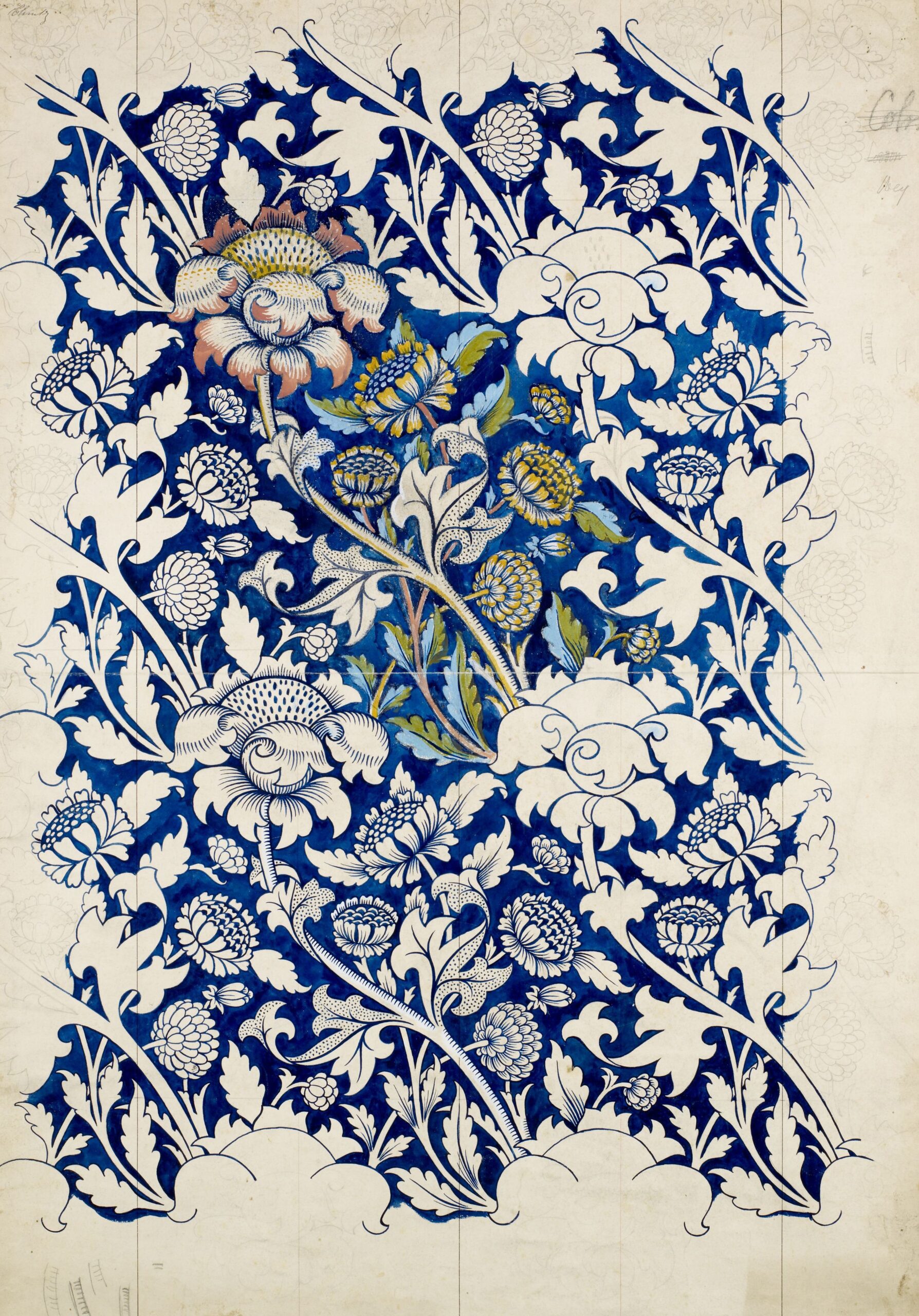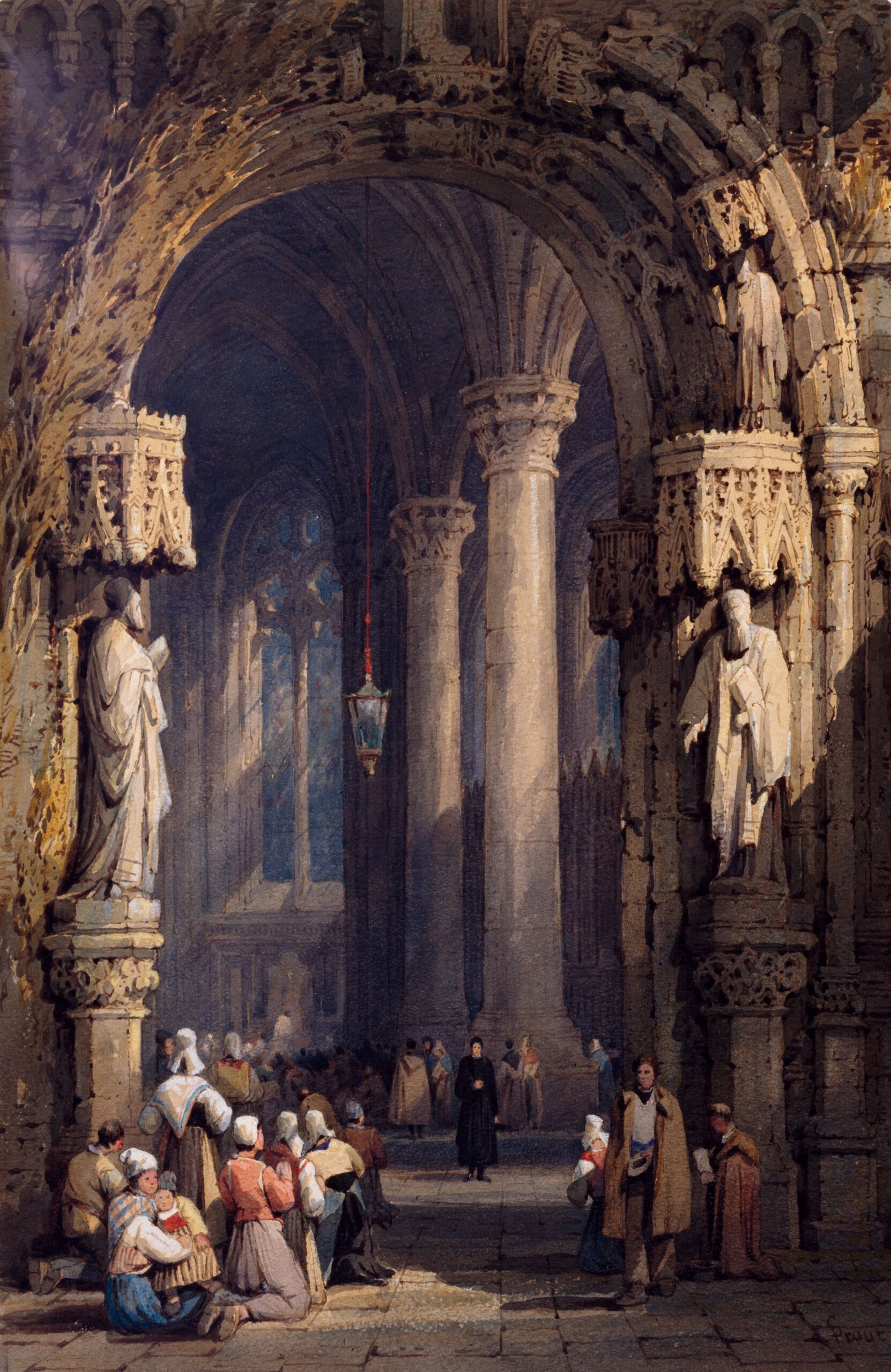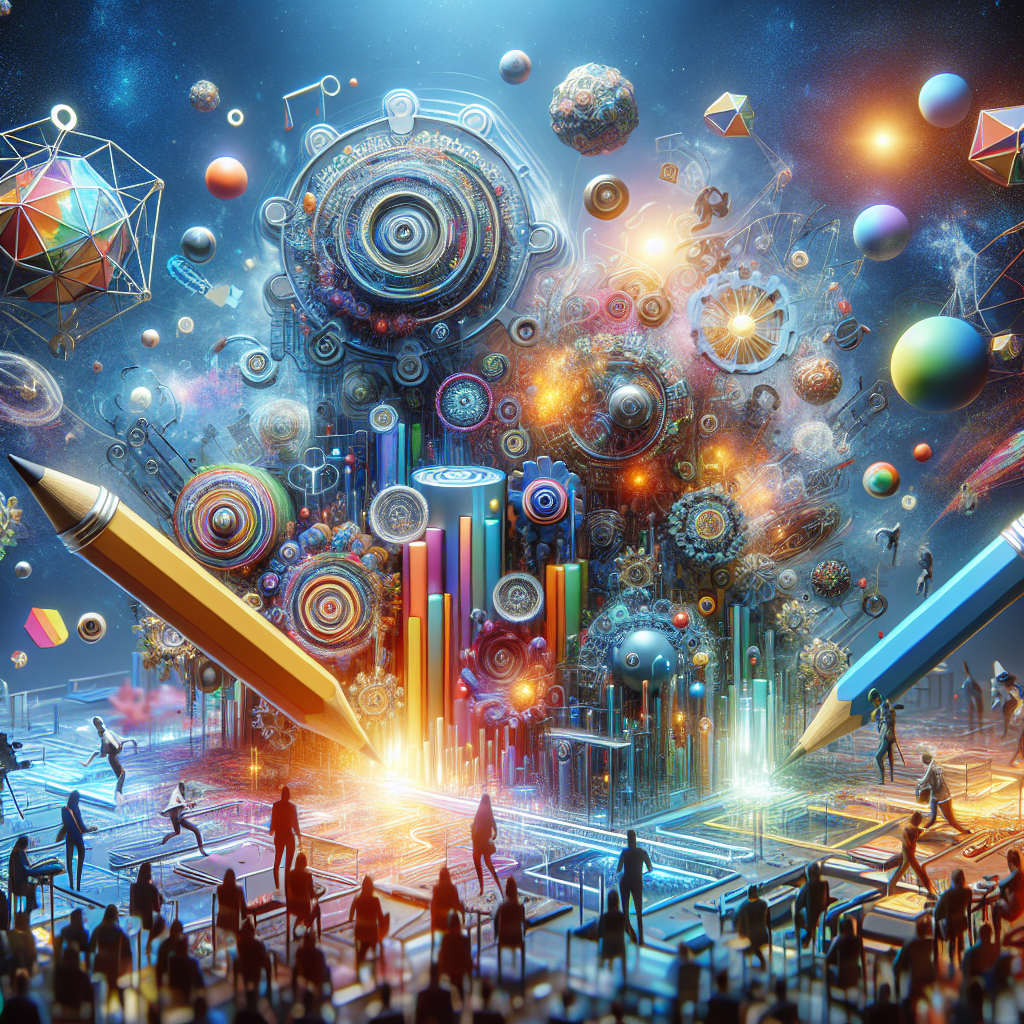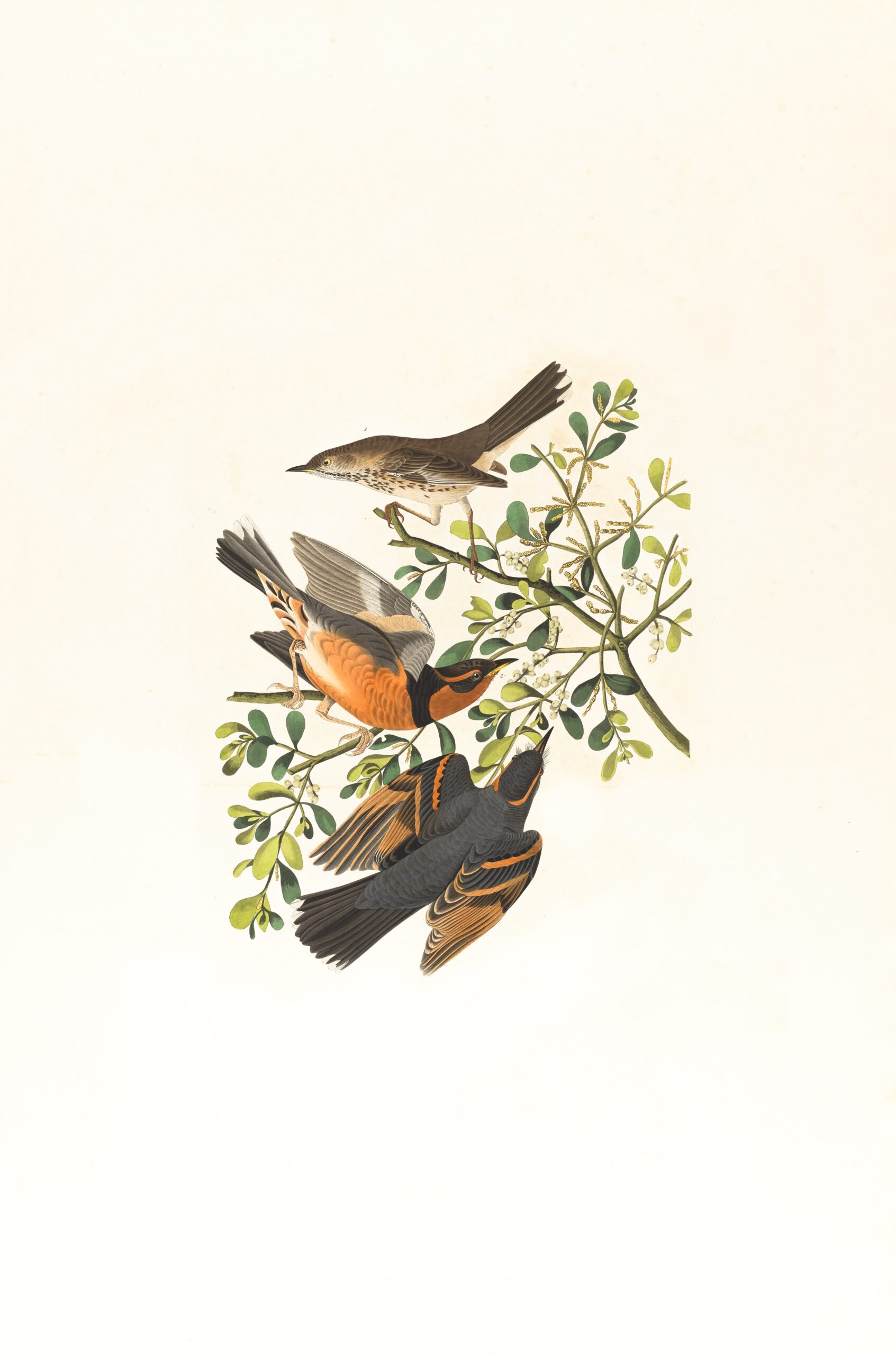Imagine a world where art galleries and exhibitions are no longer limited to physical spaces, but instead, exist in the vast digital realm. Welcome to the realm of NFTs – non-fungible tokens – where artists and collectors from around the globe come together to showcase and appreciate digital art in a whole new way. With the rise of blockchain technology, NFTs have revolutionized the art scene, providing artists with unique opportunities to sell and display their work, while allowing collectors to own and trade one-of-a-kind digital artworks. In this article, we will explore the exciting world of digital art galleries and exhibitions for NFTs, where creativity knows no bounds and the possibilities are endless.
Benefits of Digital Art Galleries and Exhibitions for NFTs
Increased Accessibility
One of the major advantages of digital art galleries and exhibitions for NFTs is the increased accessibility they offer. Unlike traditional art galleries that may have limited opening hours or require physical presence, digital platforms enable art enthusiasts from around the world to access and engage with artwork at any time and from any location. This means that individuals who may be unable to visit physical galleries can still immerse themselves in the digital art world and discover talented artists.
Global Reach
Digital art galleries and exhibitions for NFTs have an unparalleled global reach. With a simple internet connection, anyone can view and appreciate artwork from different corners of the world. This opens up immense opportunities for artists to showcase their creations to a diverse and international audience, making it easier for them to gain recognition and expand their fan base. Furthermore, for collectors, the global reach of digital platforms means they can discover and acquire artworks from artists they may not have had access to in the traditional art market.
Lower Costs
Another significant benefit of digital art galleries and exhibitions for NFTs is the lower costs involved. Traditional art exhibitions often require substantial investments in physical spaces, transportation, and logistics. However, with digital platforms, these costs are significantly reduced. Artists can simply upload their digital artwork onto the platform, eliminating the need for physical shipping or exhibition expenses. This cost-effectiveness not only benefits artists who can allocate more resources towards their creative endeavors but also provides collectors with access to a wider range of affordable artworks.
Interactive Features
Digital art galleries and exhibitions for NFTs often come with interactive features that enhance the viewer’s experience and engagement with the artwork. These interactive elements can include zooming in on details, rotating the artwork, or even interacting with certain elements within the piece. Such features allow viewers to explore the artwork in a more immersive and personal way, enabling them to appreciate the nuances and intricacies that may not be immediately apparent in traditional exhibitions. This interactivity adds a unique dimension to the digital art experience and further blurs the boundaries between the viewer and the artwork.
Popular Digital Art Galleries for NFTs
SuperRare
SuperRare is a leading digital art marketplace and gallery for NFTs. It provides a platform for artists to mint and sell their digital artworks as limited-edition NFTs. The platform is known for its focus on quality curation, ensuring that only unique and high-quality digital artworks are showcased. SuperRare also incorporates a social element by allowing collectors and viewers to follow their favorite artists, engage in discussions, and even bid on their desired artworks in an auction-style format.
Nifty Gateway
Nifty Gateway is a user-friendly digital art marketplace that aims to make the purchasing and collecting of NFTs accessible to a broader audience. It collaborates with renowned artists and brands to release limited-edition and exclusive digital art drops. With its intuitive interface and seamless payment options, Nifty Gateway simplifies the process of buying and owning digital artworks, making it an attractive platform for both newcomers and experienced collectors.
OpenSea
OpenSea is one of the largest decentralized marketplaces for NFTs, offering a wide range of digital collectibles, including artworks. It provides a platform for artists to create and sell their NFTs directly to collectors, without the need for intermediaries. OpenSea allows artists to showcase their portfolios, interact with potential buyers, and set their own pricing and royalties. Its decentralized nature ensures greater transparency and autonomy for both artists and collectors, making it a popular choice among those seeking a more decentralized art market.
Foundation
Foundation is a curated marketplace and community for digital art and NFTs. It focuses on supporting emerging artists by providing them with a platform to showcase their work and connect with collectors. Foundation employs an invitation-only model, ensuring that the artworks on the platform are carefully curated to maintain quality and artistic integrity. By fostering a close-knit community of artists and collectors, Foundation aims to enable meaningful interactions and collaborations within the digital art space.
Types of Digital Art Exhibitions for NFTs
Virtual Exhibitions
Virtual exhibitions are immersive digital experiences that replicate the ambiance of a physical art gallery or exhibition space. These exhibitions are typically presented in a 3D environment, allowing visitors to navigate through various virtual rooms or galleries and view the artworks on display. Virtual exhibitions often offer interactive features such as information panels, audio guides, and the ability to leave comments or engage in discussions with other visitors. These exhibitions provide a sense of presence and exploration, enabling viewers to experience the artworks in a more dynamic and interactive manner.
Physical Exhibitions with Digital Overlays
Physical exhibitions with digital overlays combine the best of both worlds by blending traditional gallery spaces with digital technology. In these exhibitions, physical artworks are displayed in a physical gallery setting, while digital screens or projections augment the experience by showcasing additional digital content related to the artwork. This can include artist interviews, behind-the-scenes footage, or digital representations of the artwork’s creation process. The digital overlays provide viewers with a deeper understanding and context of the artwork, enhancing their overall appreciation of the exhibition.
Hybrid Exhibitions
Hybrid exhibitions merge the digital and physical realms to create a unique art experience. These exhibitions may include a combination of physical artworks and digital displays, allowing visitors to engage with both forms of art simultaneously. Hybrid exhibitions can take various forms, such as galleries featuring physical artworks alongside screens displaying digital artworks, or interactive installations that combine physical and digital elements. By bridging the gap between the digital and physical art worlds, hybrid exhibitions provide viewers with a multi-sensory and captivating experience.
Challenges and Considerations
Licensing and Ownership
Licensing and ownership rights are critical considerations in the context of digital art galleries and exhibitions for NFTs. The nature of NFTs raises questions about copyright, authenticity, and intellectual property. Artists and collectors need to carefully navigate these legal and ethical considerations, ensuring that the appropriate rights and licenses are obtained for the artworks being showcased or sold. Additionally, the issue of ownership and provenance can be complex in the digital realm, as multiple copies of a digital artwork may exist. Establishing clear ownership records and verifying the authenticity of NFTs are ongoing challenges that need to be addressed for the sustainable growth of the digital art market.
Technical Issues
The digital nature of NFTs and digital art galleries introduces technical considerations that need to be addressed. These include the storage and preservation of digital artworks, ensuring their accessibility and authenticity over time, and safeguarding them from loss or unauthorized reproduction. Furthermore, the reliance on internet connectivity and digital platforms may result in technical glitches or limitations that can impact the viewer’s experience. It is essential for digital art galleries and platforms to invest in robust infrastructure and develop user-friendly interfaces to mitigate these technical challenges.
Curation and Quality Control
The open and decentralized nature of digital art galleries for NFTs also presents challenges in terms of curation and quality control. With the democratization of art distribution, the sheer volume of digital artworks available can make it challenging to curate and identify high-quality artworks. Curation becomes crucial to ensure that the digital art platform maintains a certain standard and provides a valuable experience for viewers and collectors. Establishing clear curatorial guidelines and implementing mechanisms for quality control, authenticity verification, and fair pricing are essential to maintaining the integrity and trust within the digital art community.

Innovations in Digital Art Galleries and Exhibitions
Augmented Reality Experiences
Augmented reality (AR) experiences are revolutionizing the way viewers engage with digital artworks. AR technology allows users to overlay digital content onto the real world, creating an interactive and immersive art experience. With AR, viewers can see digital artworks superimposed onto their physical surroundings, enabling them to visualize the artwork at scale or in unique contexts. This innovation provides an enhanced level of interactivity and personalization, offering viewers a glimpse into the digital artwork’s potential in their own physical space.
Tokenized Ownership and Fractionalization
Tokenized ownership and fractionalization of artworks have emerged as exciting innovations in the digital art world. NFTs enable artists and collectors to tokenize their artwork, dividing it into tradable digital assets. This allows for the easy exchange of ownership and the facilitation of fractional ownership, where multiple individuals can own a percentage of an artwork. Tokenization and fractionalization provide opportunities for greater inclusivity and liquidity in the art market, enabling art enthusiasts to invest in high-value artworks that were previously inaccessible or unaffordable.
Dynamic and Programmable Artworks
Digital art galleries for NFTs have opened up avenues for the creation of dynamic and programmable artworks. Traditional static artworks can be transformed into living, evolving pieces through the use of programmable elements. These artworks can change over time or respond to external factors such as environmental conditions or data inputs. The interplay of code and art presents endless possibilities for artists to create immersive and interactive experiences, expanding the boundaries of traditional art mediums and challenging the viewer’s perception of art.
Engaging with Digital Art Galleries and Exhibitions
Exploring Collections
One of the most exciting aspects of digital art galleries for NFTs is the ability to explore vast collections of artwork from various artists and genres. Unlike physical galleries where space constraints limit the number of artworks on display, digital platforms often feature extensive collections that can be filtered and searched based on personal preferences. Viewers can take their time to browse through different categories, discover new artists, and gain exposure to a wide range of artistic styles and techniques. The ease of navigation and the ability to access detailed information about each artwork allows for a more immersive and educational exploration of the art world.
Bidding and Purchasing NFTs
Digital art galleries and platforms enable viewers to participate in the art market by bidding on and purchasing NFTs. Bidding on NFT auctions has become a popular method for collectors to acquire sought-after artworks. It creates a sense of excitement and competition within the art community, with collectors vying for limited-edition pieces or highly coveted artworks. The transparent and decentralized nature of blockchain-based transactions ensures that ownership transfers are securely recorded, providing both artists and collectors with greater trust and confidence in the buying and selling process.
Interacting with Artists and Community
Digital art galleries foster a vibrant community of artists, collectors, and art enthusiasts. Viewers have the opportunity to interact with artists directly, engage in discussions, and gain insights into the creative process. Artists often use digital platforms as a means to connect with their audience, share updates on their latest projects, and receive feedback and support. Additionally, the digital art community itself provides a space for like-minded individuals to connect, collaborate, and appreciate art together. Online events, forums, and social media platforms further facilitate these interactions, creating a sense of camaraderie and shared passion among members of the digital art community.

NFT Art Market and its Impact on Traditional Art World
Disruption of Traditional Art Market
The rise of NFTs and digital art galleries has disrupted the traditional art market in several ways. NFTs challenge long-standing notions of physical ownership and provenance, offering a new model of ownership based on digital scarcity and blockchain technology. This disruption has led to debates and discussions within the art community regarding the value and significance of NFTs compared to physical artworks. The increased accessibility and lower costs associated with digital art galleries have also disrupted the traditional gallery model, giving artists more direct control over their creations and enabling collectors to easily discover and acquire artworks outside of the established art market structures.
Opportunities for Artists and Collectors
The NFT art market presents exciting opportunities for both artists and collectors. For artists, NFTs offer a new revenue stream and a means to monetize their digital creations directly. By eliminating intermediaries, artists can retain a larger portion of the proceeds from their sales, providing them with a more sustainable income. NFTs also enable artists to establish direct relationships with collectors and build a dedicated fan base, creating opportunities for collaboration and commissions. On the other hand, collectors benefit from increased access to a wider range of artworks, including from emerging artists, and the potential for future appreciation in the value of their digital art collections.
Integration of Digital and Physical Art
The emergence of digital art galleries and NFTs has sparked a conversation around the integration of digital and physical art forms. While NFTs primarily deal with digital artworks, some artists have explored ways to bridge the gap between the digital and physical realms. This integration can take various forms, such as printing digital artworks as physical editions, creating physical installations based on digital artworks, or incorporating digital elements into traditional art mediums. By combining the best of both worlds, artists are pushing the boundaries of artistic expression and challenging the traditional definitions of art.
Future of NFT Art and Digital Galleries
Evolution of Technology and Platforms
The future of NFT art and digital galleries will undoubtedly be shaped by the evolution of technology and platforms. As technology continues to advance, we can expect more sophisticated and immersive experiences within digital art galleries. Augmented reality and virtual reality technologies are likely to play a more significant role, offering viewers unprecedented opportunities to engage with digital artworks in simulated environments. Furthermore, advancements in blockchain technology and smart contracts may bring further innovations to the digital art market, enhancing the security, provenance, and accessibility of NFTs.
Mainstream Acceptance and Adoption
While NFTs and digital art galleries have gained significant attention and traction in recent years, their full potential is yet to be realized. As mainstream acceptance and adoption of NFTs increase, we can anticipate a broader audience embracing digital art and participating in the art market. With major artists, corporations, and institutions entering the NFT space, there is a growing recognition of the value and significance of digital art. This mainstream acceptance will likely lead to further growth and development in the digital art industry, paving the way for more diverse and inclusive artistic expressions.
Emerging Artistic Genres and Styles
The advent of NFTs and digital art galleries has given rise to new artistic genres and styles. Artists are continuously exploring the possibilities offered by digital mediums, experimenting with innovative techniques and pushing the boundaries of traditional art. This experimentation has led to the emergence of unique digital art forms, such as generative art, crypto art, and virtual reality art. As the digital art ecosystem evolves, we can expect to witness the rise of new artistic movements and expressions that are distinct to the digital realm, further diversifying the artistic landscape.
In conclusion, digital art galleries and exhibitions for NFTs offer numerous benefits, including increased accessibility, global reach, lower costs, and interactive features. Platforms like SuperRare, Nifty Gateway, OpenSea, and Foundation have become popular digital art marketplaces, providing artists and collectors with opportunities to showcase and acquire NFTs. Digital art exhibitions can take various forms, including virtual exhibitions, physical exhibitions with digital overlays, and hybrid exhibitions that blend physical and digital elements. However, challenges such as licensing and ownership issues, technical considerations, and maintaining quality control need to be addressed. Innovations such as augmented reality experiences, tokenized ownership, and dynamic artworks are pushing the boundaries of digital art. Engaging with digital art galleries involves exploring collections, bidding and purchasing NFTs, and interacting with artists and the community. The NFT art market has disrupted traditional art markets, creating new opportunities for artists and collectors while also challenging established norms. The integration of digital and physical art forms further blurs the boundaries, with the future of NFT art and digital galleries being shaped by evolving technology, mainstream acceptance, and the emergence of new artistic genres and styles.



